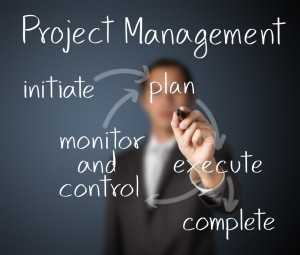Disclaimer: This website provides health information for educational purposes only and is not a substitute for professional medical advice, diagnosis, or treatment. Always seek the guidance of a qualified healthcare provider with any questions you may have.
 As of this moment, technology can only take us forward. Organizations all over the world have benefited from the evolution of the project management discipline into the strategies of project portfolio management (PPM).
As of this moment, technology can only take us forward. Organizations all over the world have benefited from the evolution of the project management discipline into the strategies of project portfolio management (PPM).
Metier.com says PPM methodology has enabled projects to have more focus and better overall performance.
An effective and successful PPM strategy comes in many sizes and shapes. It is entirely reliant on the organization’s needs and culture. Despite this variety, there are a few components commonly found in successful PPM strategies. Today, you’ll learn about some of them.
Change Management
Every organization should be sensitive to any changes being introduced into the system, whether it’s related to workflow or technology. Awareness of the depth, breadth, and frequency of changes, as well as its execution, will need effective monitoring, communication, and mediation.
Project Prioritization
Once potential projects are determined, they need to be arranged based on the level of change, organizational impact, and contribution to ROI. To decide whether projects fit into the portfolio mix, they should be assessed fairly against common baseline criteria for prioritization.
Resource Management
As in every organization, resources are limited. For this reason, every PPM strategy fundamentally requires enterprise resource management. Managers should be able to evaluate resource needs across multiple projects and ensure they are neither under or over allocated. Resource management is a key factor in PPM, providing input to both project prioritization and evaluation.
Project Evaluation
As in any PPM strategy, rigorous and consistent evaluation of projects against standardized criteria is critical. A systemic evaluation can ensure that every project is carefully determined against common relevant variables, which include budget, time, resource utilization, ROI, and other KPIs.
The evaluation process should confirm that projects are moving in the right direction in meeting both short and long-term goals of the organization.
It’s hard to ignore the benefits of a strong PPM execution – which is ultimately a higher project success rate. By applying standardized processes and tools, along with above-mentioned components, it improves decision-making, communication, and project efficiency.




